An unremarkable looking aircraft, with a mostly unremarkable legacy.
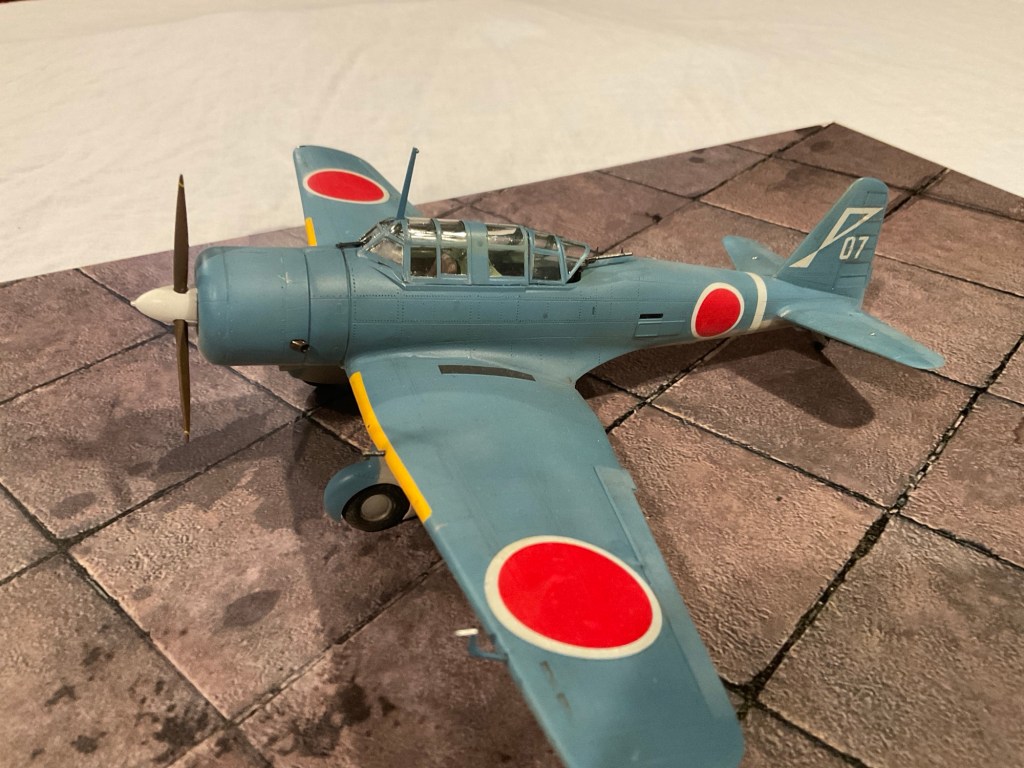
Yet the Sonia has some interesting quirks and did participate in major battles. Let’s look at one such example.
Mitsubishi’s Ki-51 first flew in 1939 and looks like a completely typical example of a light tactical aircraft from the period. It was a development of Mitsubishi’s previous Ki-30 Ann, it was actually smaller and used a similar sized power plant. So why? It was meant to reflect Japanese Army needs for the War in China. Specifically, it was a simpler, rugged aircraft. It retained the fixed gear, did away with the bomb bay (external stores only) and featured low speed/high lift wing. Most significantly it featured light armor under the engine and crew areas. It was a cheap, simple light support aircraft.
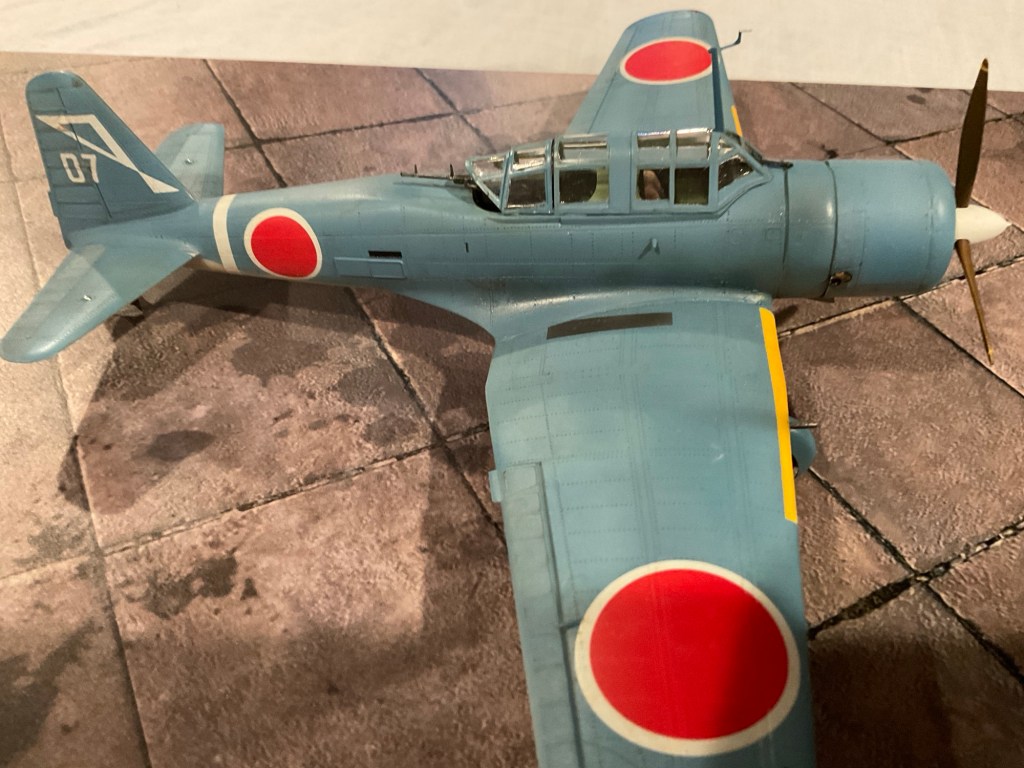

With a top speed of 264 mph it was not fast, and did not fair well when exposed to modern Allied air cover. But it was capable in its designed role, in remote and poorly developed areas. Total production was 2385 aircraft, ending in July 1945. Yes, it was seen as useful almost to the very end.
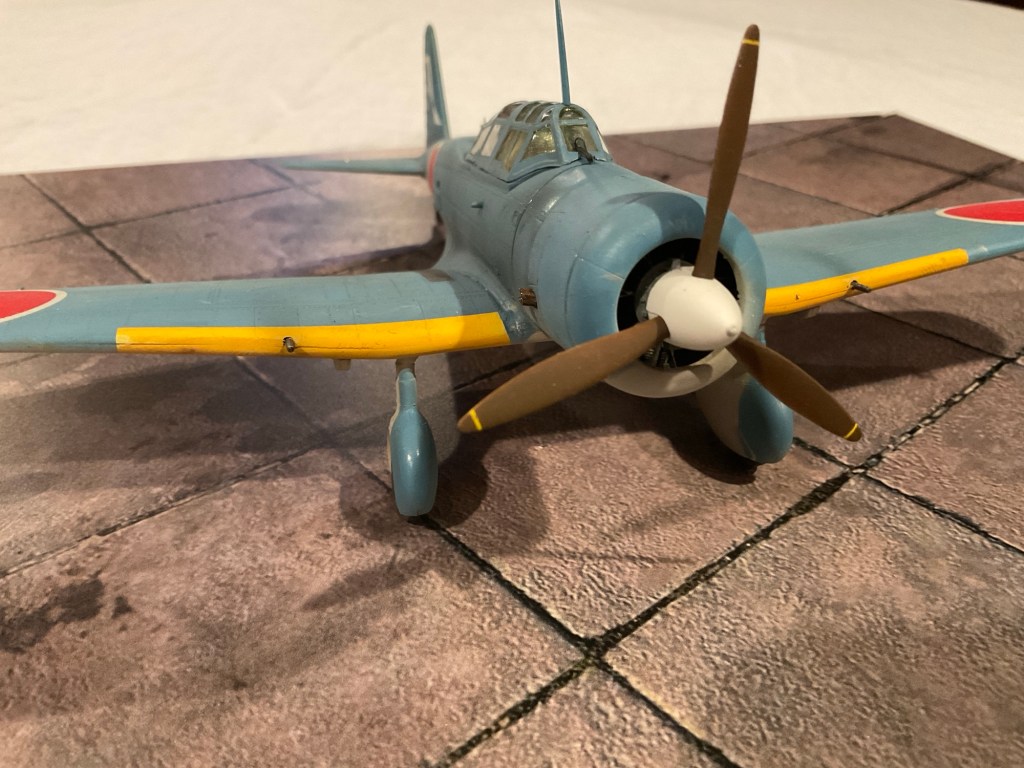
The type has two “claims to fame”. First, it was a Ki-51 Sonia that was shot down by Charles Lindberg during his time teaching long range cruise control techniques with the 475th Fighter Group. Second, on the day of the Hiroshima bombing, a Ki-51 sank the last US Navy warship lost to the Japanese during the War (USS Bullhead, a submarine lost with all hands).

This particular aircraft is blue. Shocking no?
Mid-1944 the Japanese Army and Navy were concentrating what aircraft they could on Formosa, to respond to the expected American attack on the Philippines. After the Capture of the Marianas, the American carrier force was put under the command of Admiral Halsey. He planned a series of raids deep into Japanese territory with an overwhelming force. In October this started with attacks on Okinawa, then on October 12 moved on to Formosa.

The first day’s attacks were met by all the fighters the Japanese could muster, at least 50 Zeros made the first intercept. This didn’t go well for the Japanese. The combined Japanese Air Force commander, Admiral Shigeru Fukudome, commented “our fighters were nothing but so many eggs thrown at the stone wall of the enemy air formation”. Over the course of the next couple days all available aircraft were sent against the American fleet. The level of training was so poor there was no semblance of formations or tactical deployments. Task Force 38 Radar Operators observed scattered groupings of aircraft coming at them in a long stream. This made for easy pickings.
But the Japanese were not completely ineffective. A G4M Betty managed to torpedo the USS Canberra and later another hit the USS Houston. These ships were kept together as the so called Cripple Division or “CripDiv” and remained north of the main fleet, drawing many attacks and massive losses for the attackers. The Japanese reported 8 enemy ships sunk.
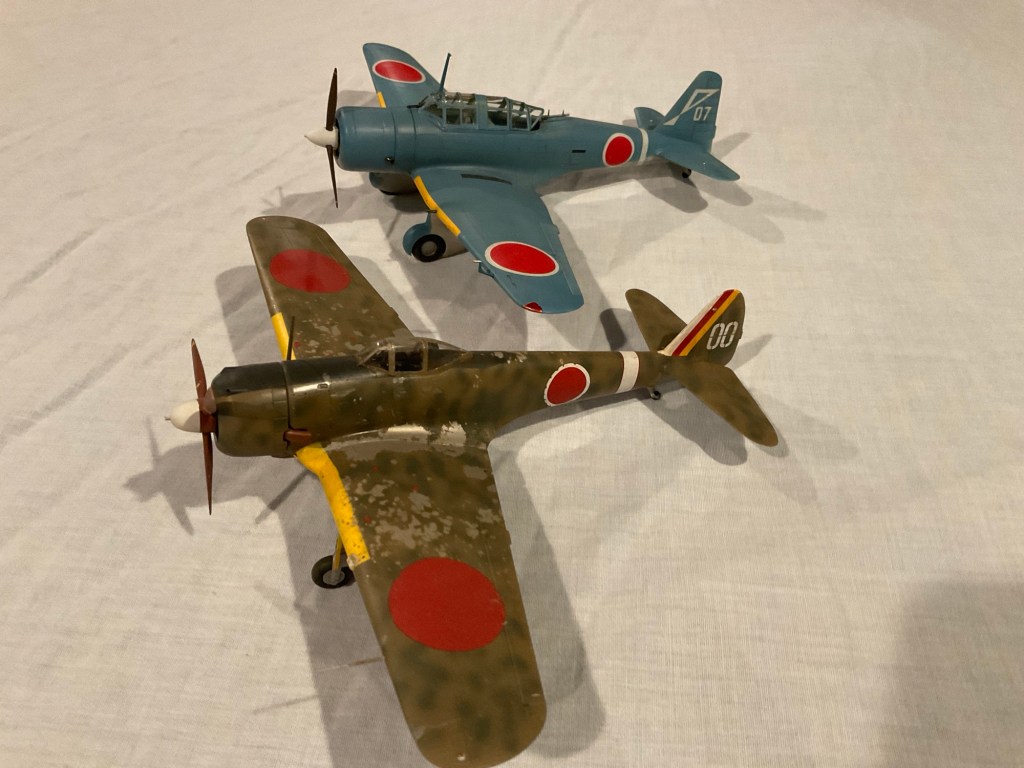
Japanese Army aircraft, like this Sonia, proved particularly inept. They had not been trained in overwater flight or navigation at all. And although a ship is generally bigger than their preferred targets like trenches and gun positions, but a ship moves. And being at sea; direction, speed and determining drop height all require more specialized training than the Army pilots had. Fortunately, most of the larger attacks were performed by the Navy. But the Army was there too, with their uniquely blue camouflaged aircraft.
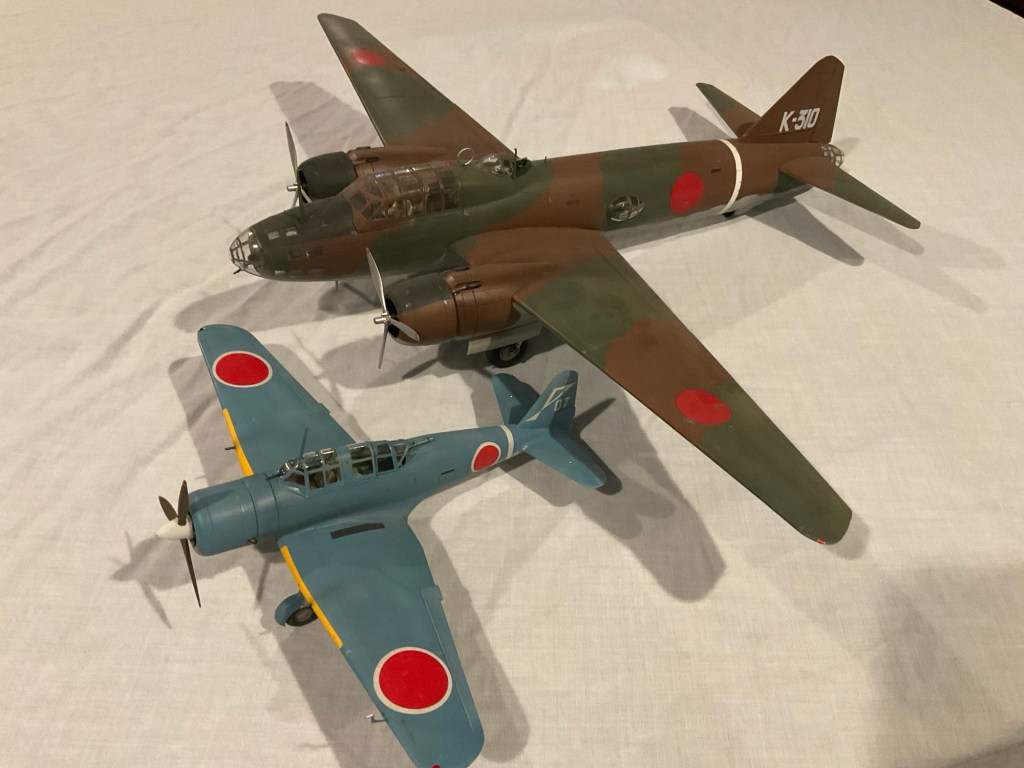
In the big picture, this was the opening move of the recapture of the Philippines. By pure numbers, the attack on Formosa was the largest air/sea campaign up to that time. Only the later Okinawa Campaign exceeds it by most measures. And it was a complete, overwhelming US victory.
The Japanese drew a conclusion from the defeat. Since the odds of penetrating an American fleet, hitting a target and returning home had become a mathematical suicide mission; they would stop worrying about the return phase and adopt a simplified means of hitting a target that even the greenest pilot could figure out…

This model is from the very old Nichimo kit. Dating from the 1970s, this was an early attempt at more detailed, less toy-like model kits. It certainly offers a lot more detail than most other companies were offering back then. But its still a long way from modern. The lower port wing was short shot, nearly 1/4 inch of plastic was missing. Fortunately it was the bottom! I just smeared some filler and sanded smooth.

Pingback: Mitsubishi Ki-51 Sonia | Plane Dave | On Eternal Patrol
Somewhat special Dave…
I like when typical things are still a little interesting!
As a footnote…
This is what Copilot wrote about a question I had just asked.
Robert J. Ritchie was a Petty Officer Third Class in the United States Navy during World War II. He served on the USS Bullhead (SS-332), a Balao-class submarine that was the last US Navy ship sunk by enemy action during the war¹. Ritchie was one of the 84 crew members who perished when the Bullhead was attacked by a Japanese aircraft in the Java Sea on August 6, 1945². Ritchie’s mother, Odna Lagasse, was a Gold Star Mother who also lost another son, William, in the Netherlands in 1944³. Ritchie is memorialized on the Tablets of the Missing at Manila American Cemetery in the Philippines³.
Source : conversation avec Bing, 19/01/2024
(1) USS Bullhead – Wikipedia. https://en.wikipedia.org/wiki/USS_Bullhead.
(2) Bullhead (SS 332) – NHHC. https://www.history.navy.mil/research/library/online-reading-room/title-list-alphabetically/u/united-states-submarine-losses/bullhead-ss-332.html.
(3) PO3 Robert J. Ritchie – Military Hall of Honor. https://militaryhallofhonor.com/honoree-record.php?id=159301.
Interesting post. Your photos of this aircraft appear to be teal, rather than straight blue.
The mix, according to the instructions, was 50% True Blue, 50% Lt Grey and 50% Duck Egg Blue. It was a mimeographed translation of the Japanese instructions. My guess was equal portions?
But after adding the Blue and Grey I didn’t want to add anything more greenish, it already has as much of that as I thought looked good.
To the best of my knowledge there’s no color photography of these planes; and it’s certainly nothing “official”, just an improvisation after the unit found themselves assigned to coastal patrols. It’s similar, but not identical to USN blue-grey. And no one can prove me wrong!
Thank you very much for such an excellent and informative post about an aircraft of which I knew very little indeed. For me the two best bits are your impressive painting of the Sonia’s intricate canopy and the words of Admiral Fukudome. I can just see him in the gunner’s position of some Japanese dive bomber, surrounded by his discarded boxes, throwing eggs at the US Navy’s aircraft carriers!
And just as effective as bombs at that point!
Excellent write up and a super model too.
Thank you much!